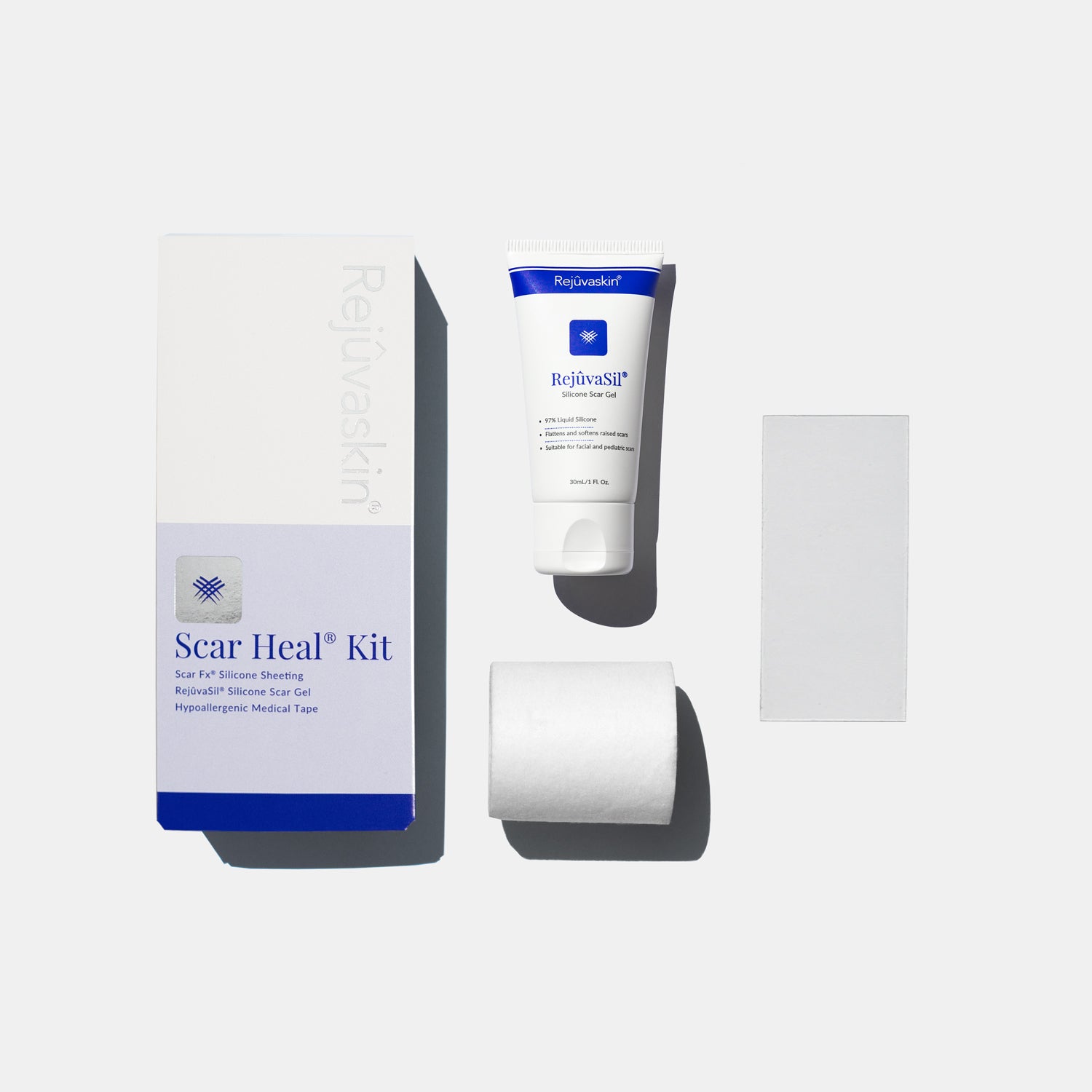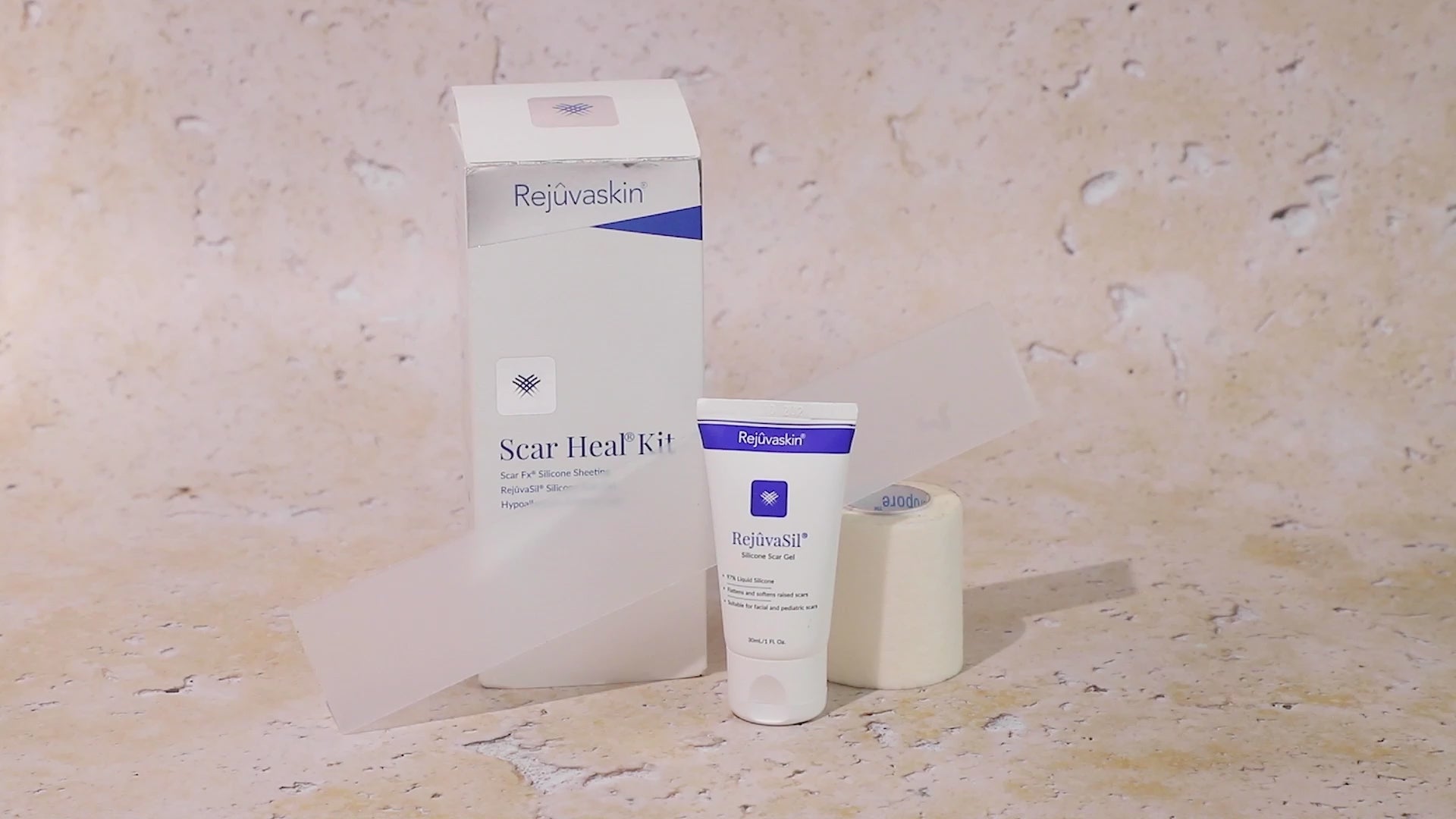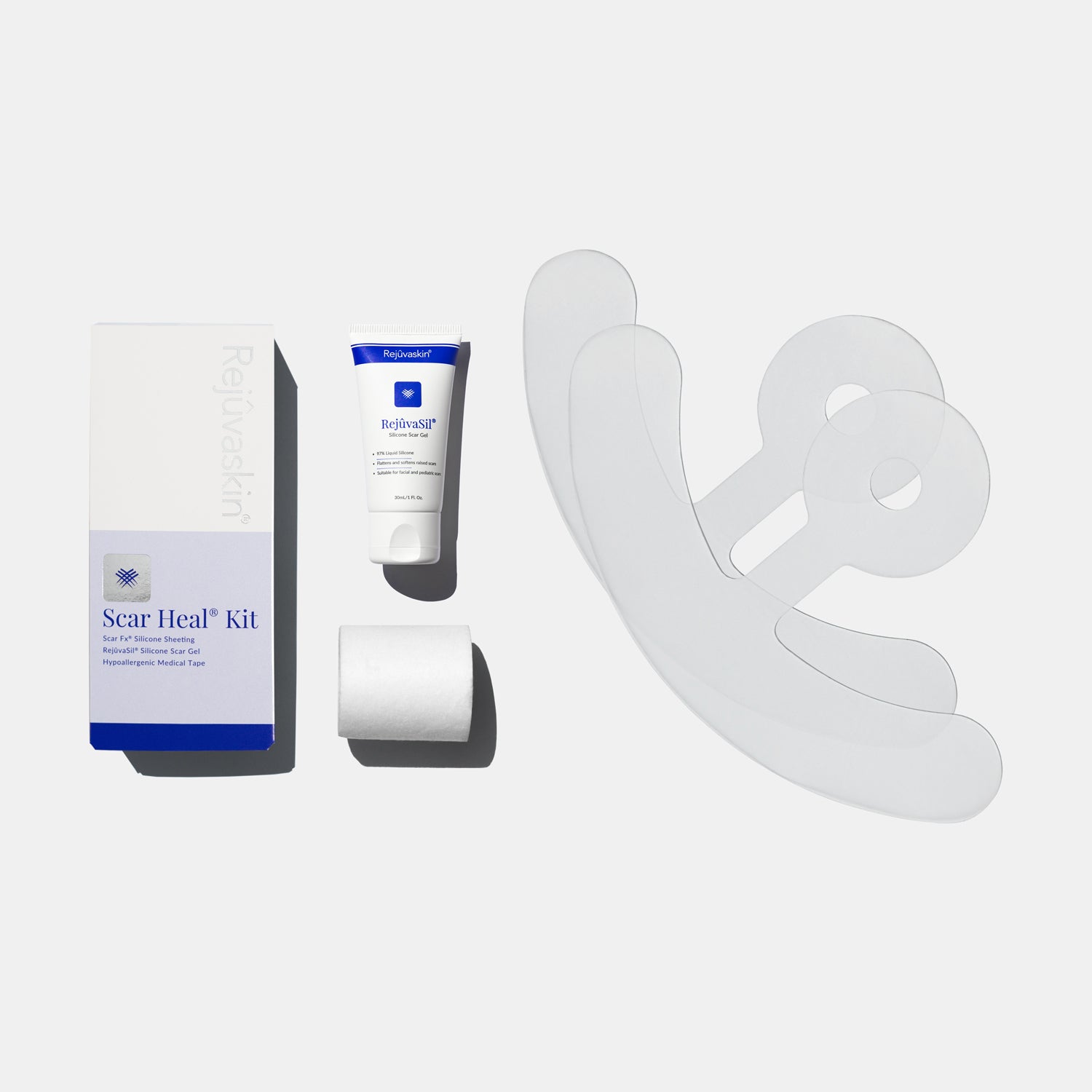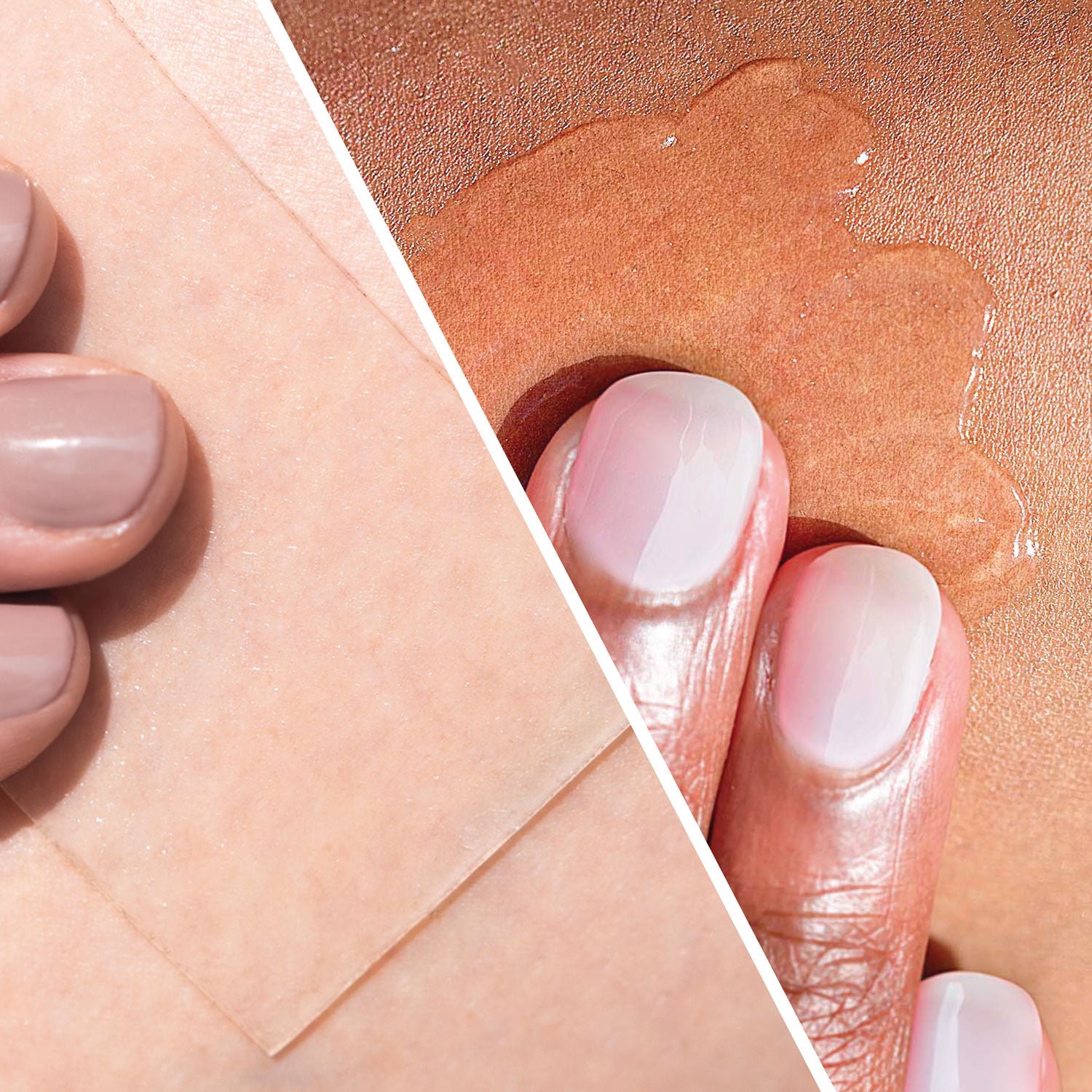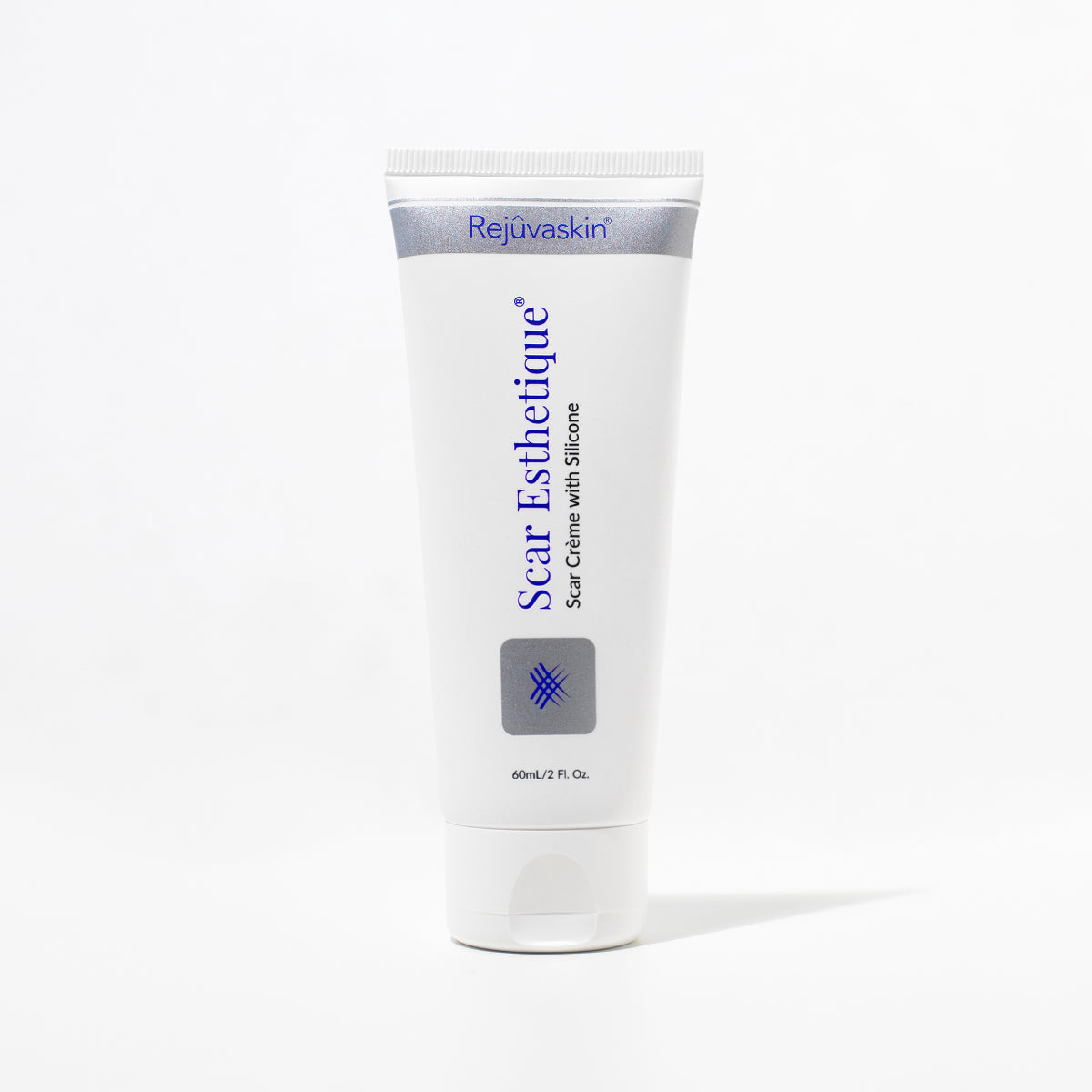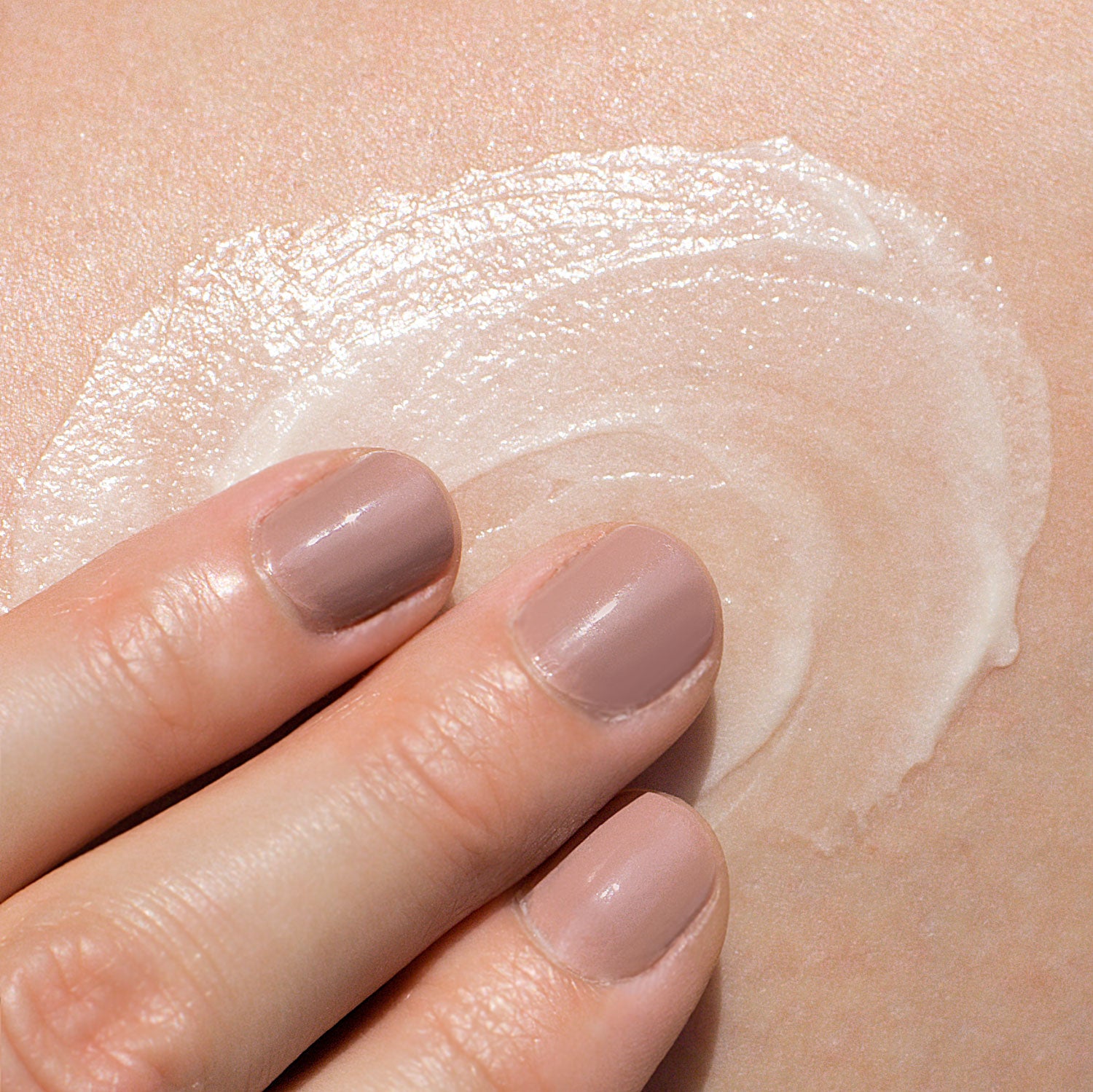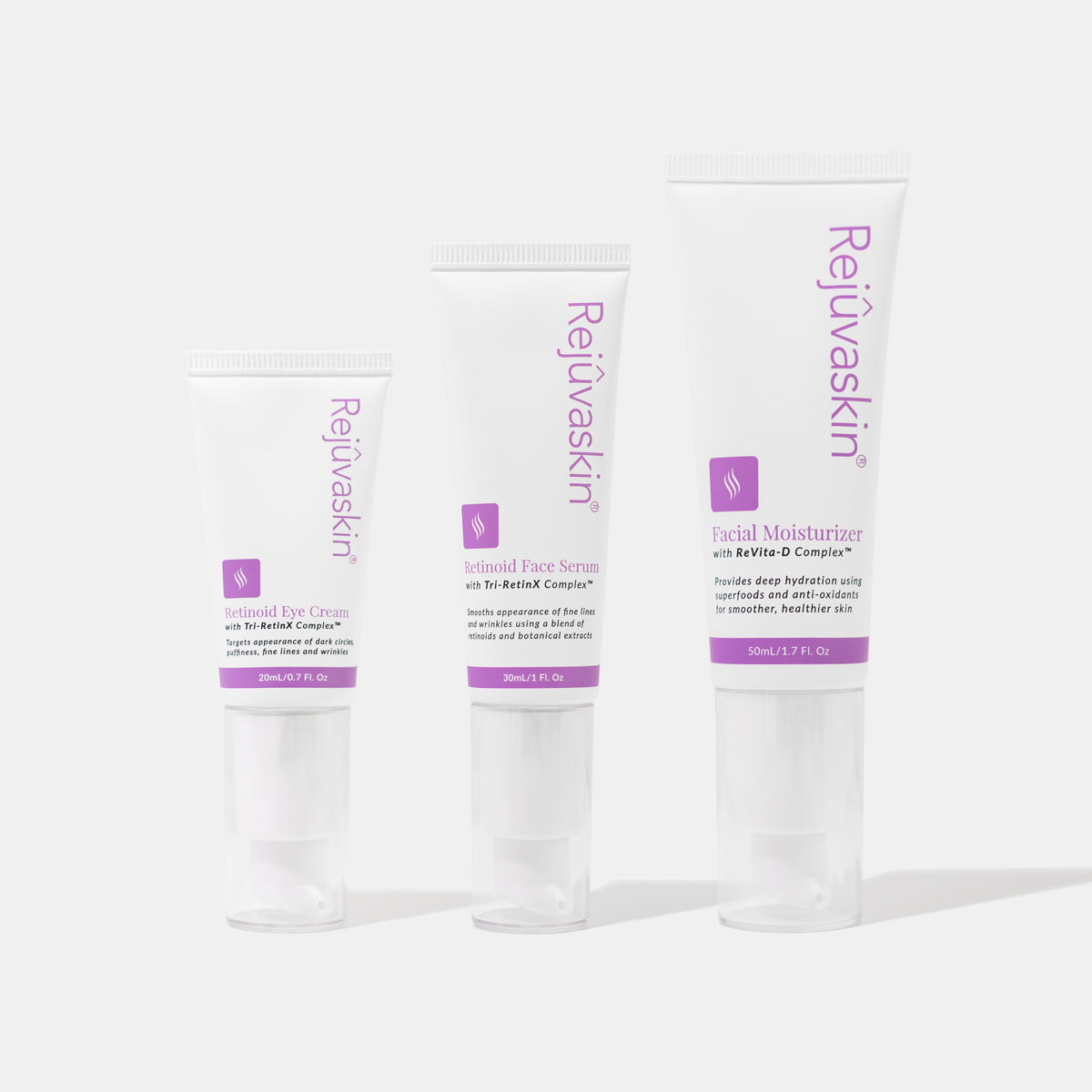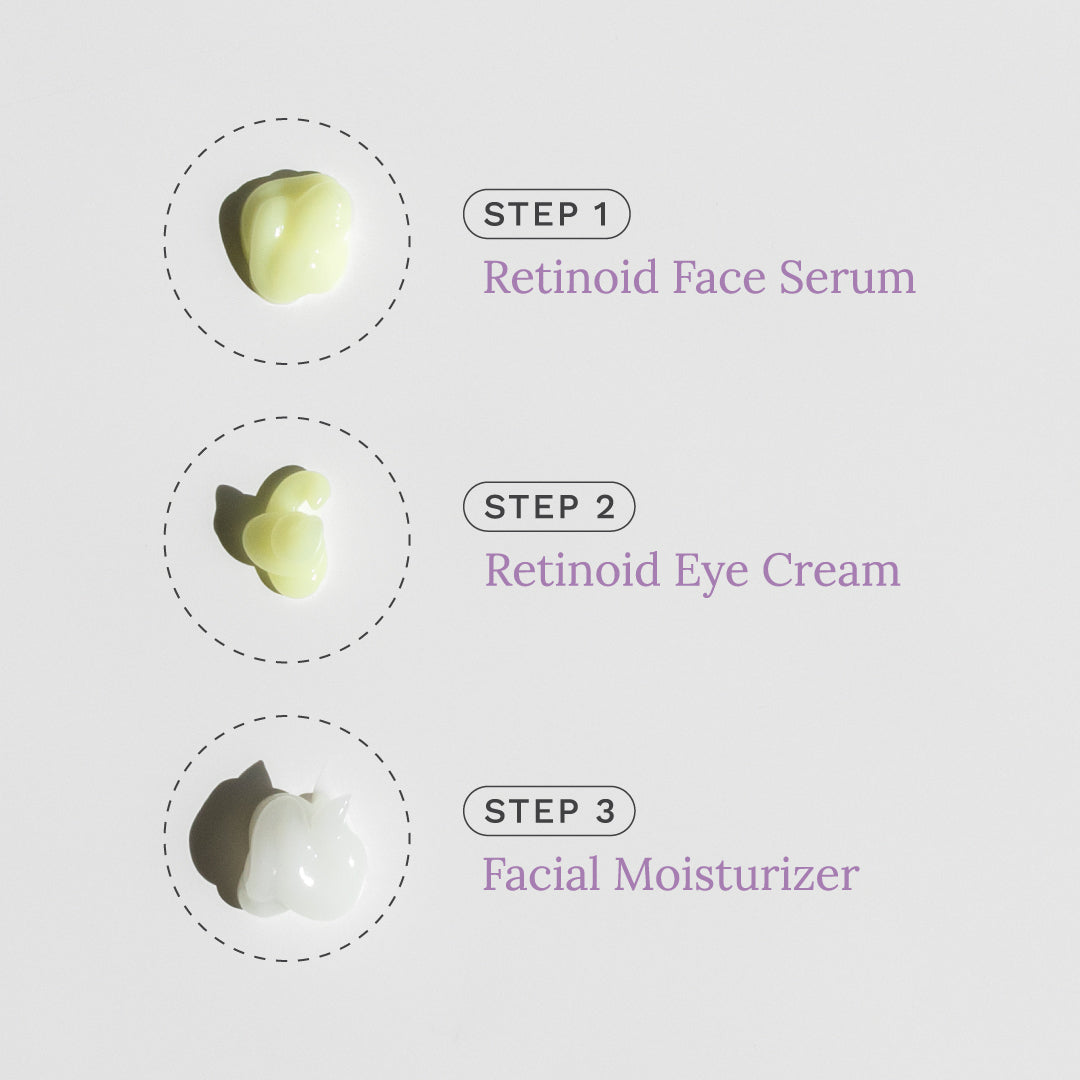Almost everyone has at least one scar; whether it’s from a cooking accident, surgical wound, traumatic injury, or another abrasion, a scar tells a story. Unfortunately, some of those stories are difficult to relive or leave an unsightly mark for us to remember them by. For individuals who wish to reduce the appearance of these scars, scar revision surgery might be a good option.
What Is Scar Revision Surgery?
Scar revision surgery is a simple process; the goal is to remove your current scar tissue (the raised, uneven, discolored tissue) and leave a clean slate for wound healing. Since it’s the scar tissue that creates the unusual appearance, removing it is usually the best course of action. If there is an excessive amount of scar tissue to remove, you may need a graft or transplant to help fill in space. Ideally, those with excellent skin elasticity won’t need a graft.
According to MedlinePlus, scar revision surgery “also restores function, and corrects skin changes (disfigurement) caused by an injury, wound, poor healing, or previous surgery.” Aside from merely reducing your scars’ visibility, this surgical treatment can help you lead a better life.
What Happens During Scar Revision Surgery?
Under local or general anesthesia, a surgeon will resect the majority of your current scar tissue. Depending on the location of your scarring, the surgeon may prepare a transplanted graft of your skin. After all scar tissue is removed and straight edges are created, he will sew the skin back together in a fashion that facilitates a smoother surface once healed. Though straightforward, many patients find that this surgery is beneficial, mainly when it addresses scars that weren’t initially surgical.
Scar Revision Surgery Recovery
Recovery from scar revision surgery is much like recovery from other flesh wounds that require stitches. Your surgeon will likely use dissolving stitches and inform you how best to care for your surgical site. These instructions will usually include keeping the area dry and clean, avoiding stretching, and monitoring the site for any wound opening. If your surgical site opens even slightly, a more extensive scar is more likely to form.
Once your wound has closed properly, and the stitches have dissolved or been removed, you can start applying topical creams. Patients who follow scar revision surgery with topical scar reduction products see the best results— in this way, you can get the most bang for your buck with a combination of treatments.
Topical Scar Products
Here at Rejuvaskin, we know how important it is for your post-surgical scarring to be as minimal as possible. Thanks to recent advances and research in scar-reduction strategies, silicone and other topical products have proven extremely effective. Before you schedule your scar revision surgery, make sure to order Rejuvasil for scar flattening and Scar Esthetique for avoiding and eliminating scar discoloration. If you’d like a product to cover your wound overnight, our ScarFX Silicone Sheeting is a fantastic option for protection and scar recovery.
